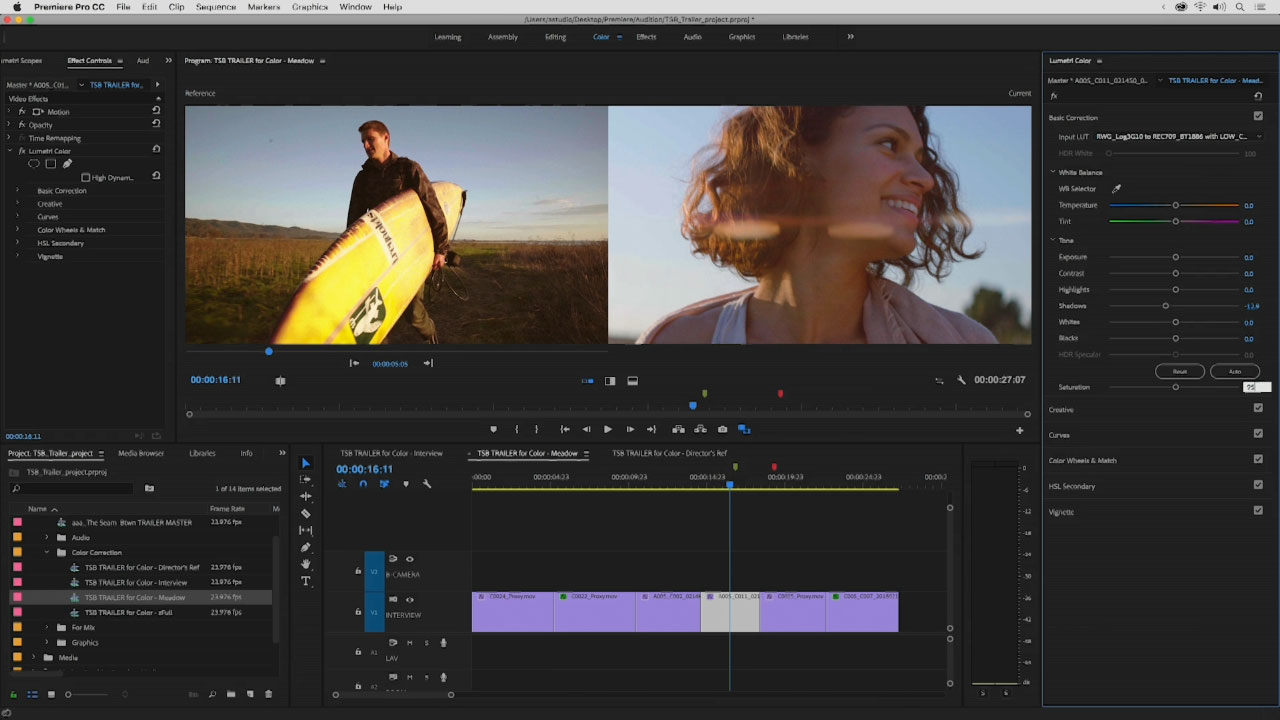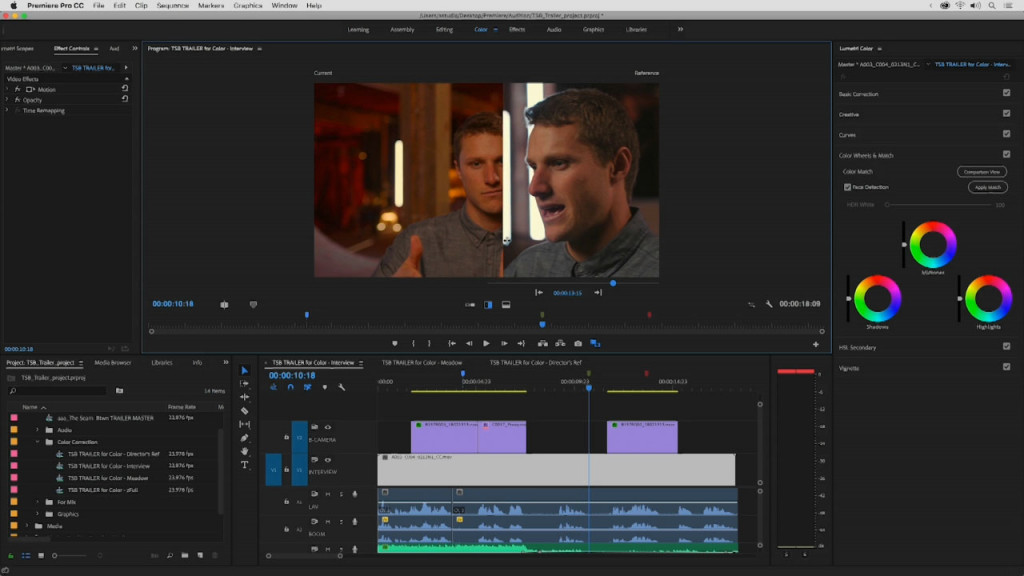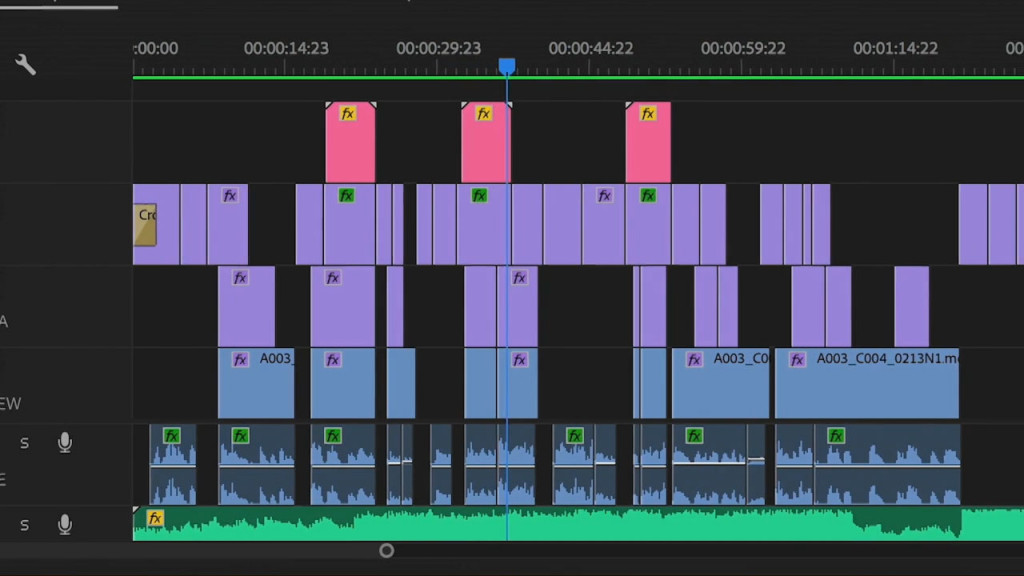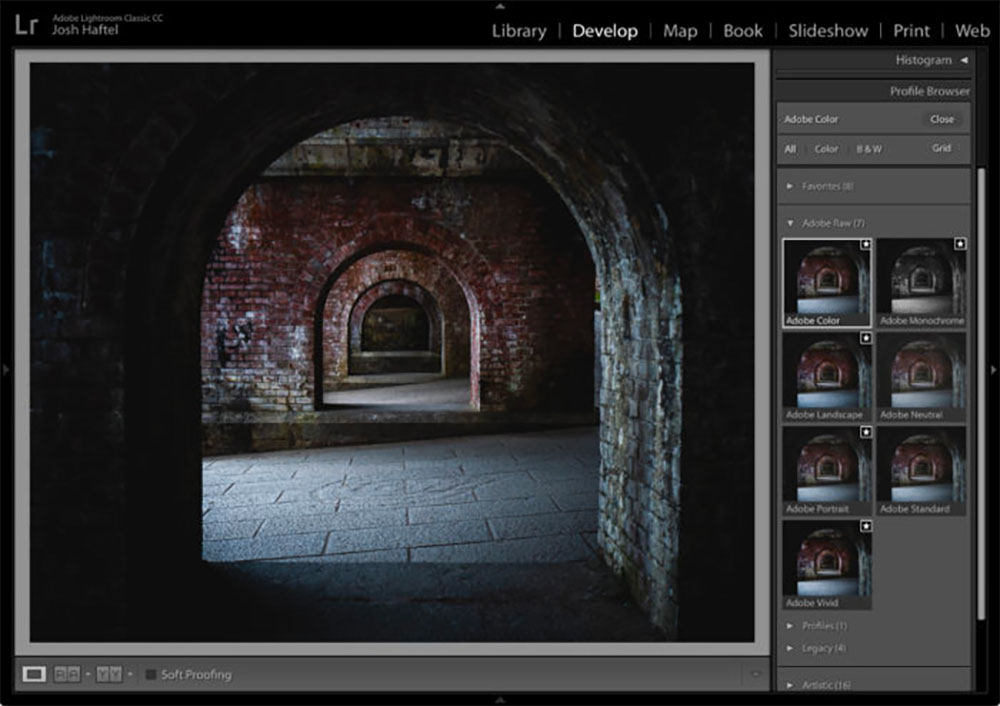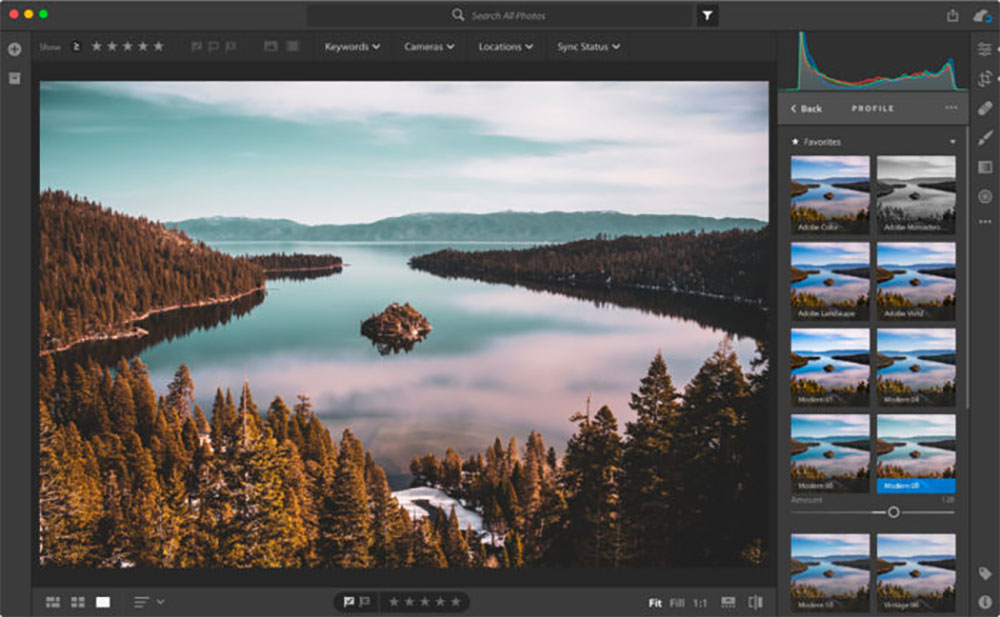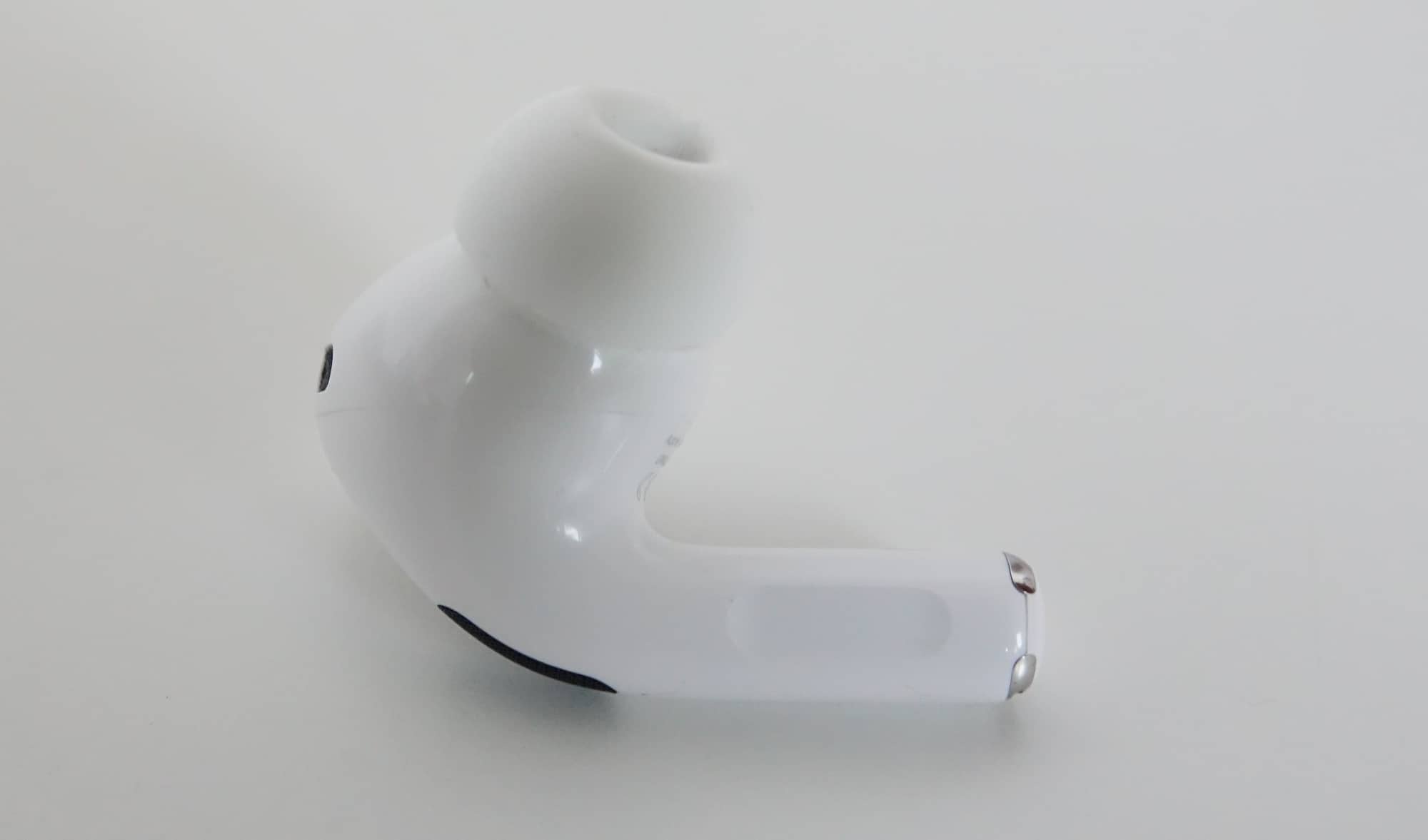Creatives sure have a lot of tools, but if you rely on Adobe’s Creative Cloud suite, you’re about to get a few more.
There’s no shortage of solutions out there that can help you achieve the things you see in your head, and while hardware like a PC, a Mac, or an iPad with the Apple Pencil can help make it happen, much of the time it comes down to how good you are with a bit of software.
In the creative world, it’s hard to get to an end goal without some software, in fact, and very rarely (if ever) is a photographic ad or a VR video built without help from a bit of software. Unsurprisingly, Adobe’s software tends to be at the heart of much of this, and we know this from how the term “photoshop” is passed around.
We all know what that means, because when you “photoshop” something, you’re digitally fixing it, and that comes from where the word comes from, which is actually the name of Adobe’s image editing application.
But Photoshop is only one part of Adobe’s package, and while it’s probably the most commonly known, it isn’t the only thing, and this week, some of those other Adobe bits and pieces are getting a boost in artificial intelligence, helping creatives in ways they may not expect.
Take Adobe’s video editing solution, Premiere Pro, which will be getting a dose of AI to help colour match scenes in a video. That’s an ongoing problem video editors and directors have to deal with, as sometimes shots that are lit the same won’t always have the same colour.
Slight changes to colour can mean the tonality of a scene changes, among other things, but Adobe’s update to Premiere Pro will be able to correct colour in scenes so that it’s equal, and yet also still editable.
Powering this is Adobe Sensei, the artificial intelligence platform Adobe is situating at the heart of its creative suite software, and it’s not just for balancing light.
Premiere Pro will also be able to adjust the sound of video clips so they’re similar and not increasing or decreasing volume all over the place, a feature known as “autoducking”. That’s something Adobe Sensei will work to do, on top of the facial detection Sensei already makes happen in Photoshop, working out where facial features are so photoshopping jobs to change faces aren’t left with weird cartoon like expressions all of the time.
Adobe’s AI is only one part of this week’s updates, with more animation and graphic control in After Effects, as well as support for data importing through Excel’s CSV format and a little more VR control, too.
Our tool of choice for recording the Pickr podcast “The Wrap” will get some performance increases and a bigger way to edit tracks (this doesn’t mean our podcast will necessarily get bigger), while Adobe’s animation tool Character Animator will have more support for particle physics and puppet templates, allowing you to get animating more quickly.
“The demands and pace of video content creation are reaching levels we’ve never seen before,” said Adobe’s Steven Warner.
“The time pressure on video professionals means the need for powerful and efficient creative tools has never been greater,” he said. “Adobe video apps like Premiere Pro and After Effects give them that power which, combined with the services available in Creative Cloud, provides broadcasters, media companies, filmmakers and YouTubers a complete ecosystem to bring their stories to screen faster than ever.”
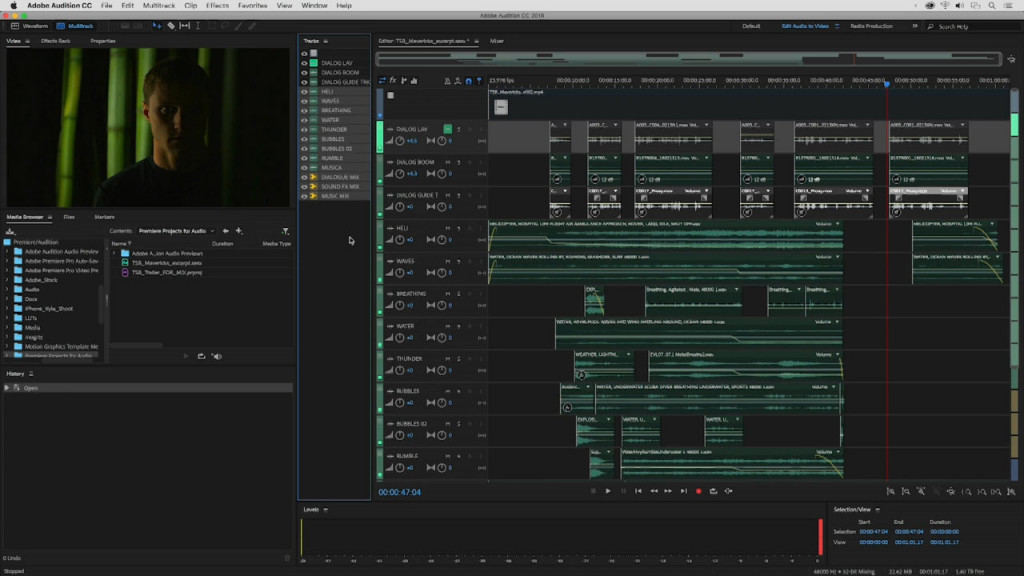
All of these changes appear to be oriented around video in some way, with the whole “photoshop” side of things not necessarily on the list for the updates this time, though given how much of the web is made up of video, this isn’t much of a surprise.
But while most of the announcement was on the video side of things, Adobe was also ready with a few other announcements.
For instance, while there was no Photoshop update announced (not at the time of publishing, anyway), Adobe’s image organisation and editing solution Lightroom received more film-like profiles to re-interpret the way images were captured. This might give you a clear starting point for image looks, or even a more artistic approach fresh out of the gate, but it’s one that should make images edited in Lightroom look more like old school images shot on film.
Meanwhile, another tool we’ve grown to love also saw an update. Initially shown under the name of “Felix”, what is now known as Adobe Dimensions saw a few changes, making it possible to create 3D imagery without necessarily having knowledge of a 3D modelling solution like 3D Studio Max or Maya.
Adobe Dimensions still isn’t technically a 3D modeller, so you’re not going to be making Pixar animations in it, but if you’re looking to create art with 3D models, it will now let you edit those images inside of Photoshop, add colour palettes to the scenes, and even ground 3D models so they look more real.
We’ll keep looking to see whether Adobe plans on updating its staple, Photoshop, but for now, there should be more than enough features to get those creative juices flowing, and good news, too, because the updates are rolling out now to Adobe CC subscriptions.


